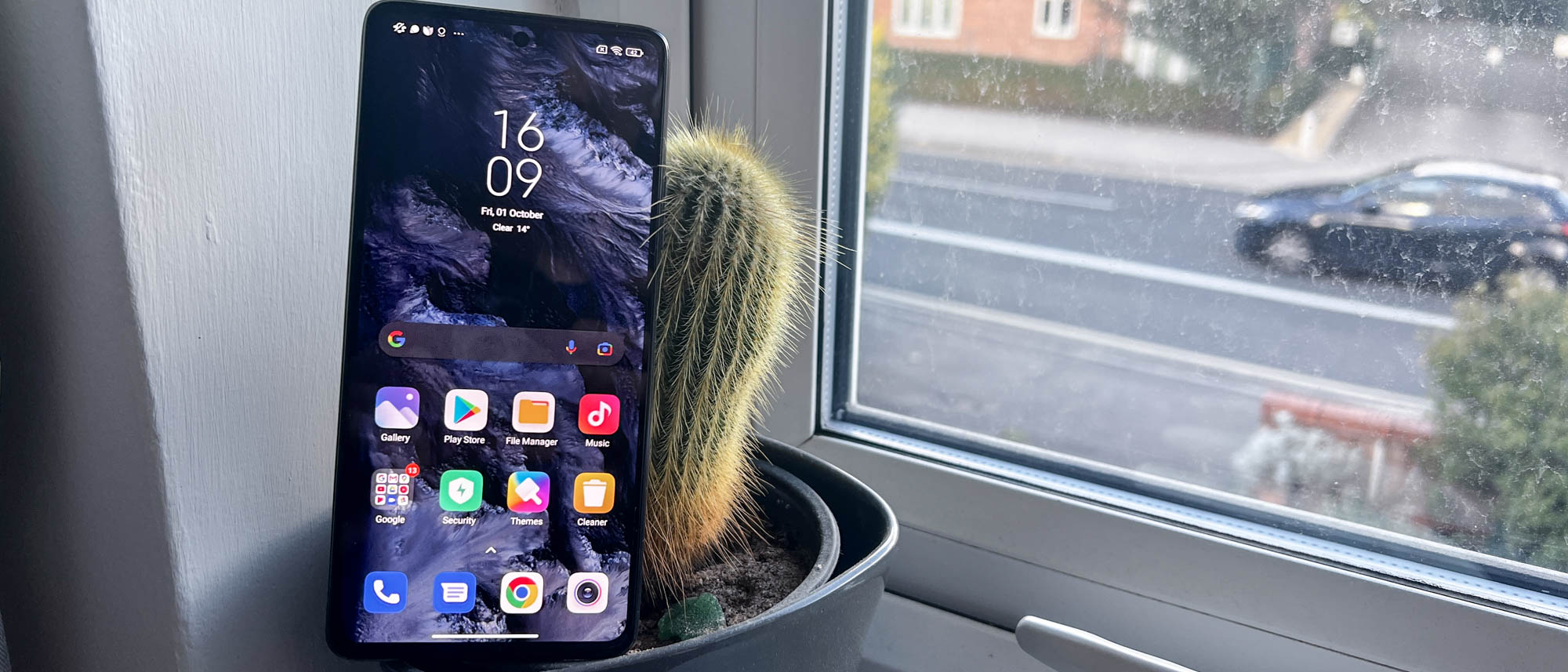Laptop Mag Verdict
The Xiaomi 11T Pro brings flagship power to a mid-range price smartphone, with the party trick of 120W charging. This would be a must-buy if it wasn’t for the chaotic nature of its Android skin, its tendency to get hot, and the middling camera.
Pros
- +
Powerful Snapdragon 888 chip
- +
Long battery life
- +
Gorgeous OLED screen
- +
Insanely fast 120W charging
Cons
- -
Camera system not as good as they claim
- -
It’s a fingerprint magnet
- -
Gets hot easily
- -
MIUI software is busy
- -
Limited water resistance
Why you can trust Laptop Mag
The Xiaomi 11T Pro leads the company’s charge to ditch the “Mi” prefix and refresh its smartphone lineup.
Picking up from the Mi 11 Ultra, Xiaomi has improved the flagship formula with a Snapdragon 888 chipset, 120Hz OLED display with Dolby Vision, a 5,000 mAh battery with impressive 120W charging, and a 108MP camera system.
So, this is clearly more than just an ideological rebranding of Xiaomi’s top-of-the-range phones. Rather, it is a big play for the flagship killer market, but does it deliver on the lofty promises?
Xiaomi 11T Pro: Price and configurations
The Xiaomi 11T Pro is available for order now with a release date of October 1. It comes in three finishes: Moonlight White, Meteorite Gray and Celestial Blue. Pricing starts at £599 (around $830) for the model with 8GB RAM and 128GB storage, which goes up to £699 (roughly $970) for double the storage.
This puts it in direct contention with similarly specced competitors like the OnePlus 9 and in the same territory as Apple’s iPhone 13.
Xiaomi 11T Pro: Design
The Xiaomi 11T Pro’s design doesn't stand out, but that’s not a bad thing. This is another premium-looking slab with a flat glass screen on the front, which is a warmly welcomed change from the curved display of the Mi 11.
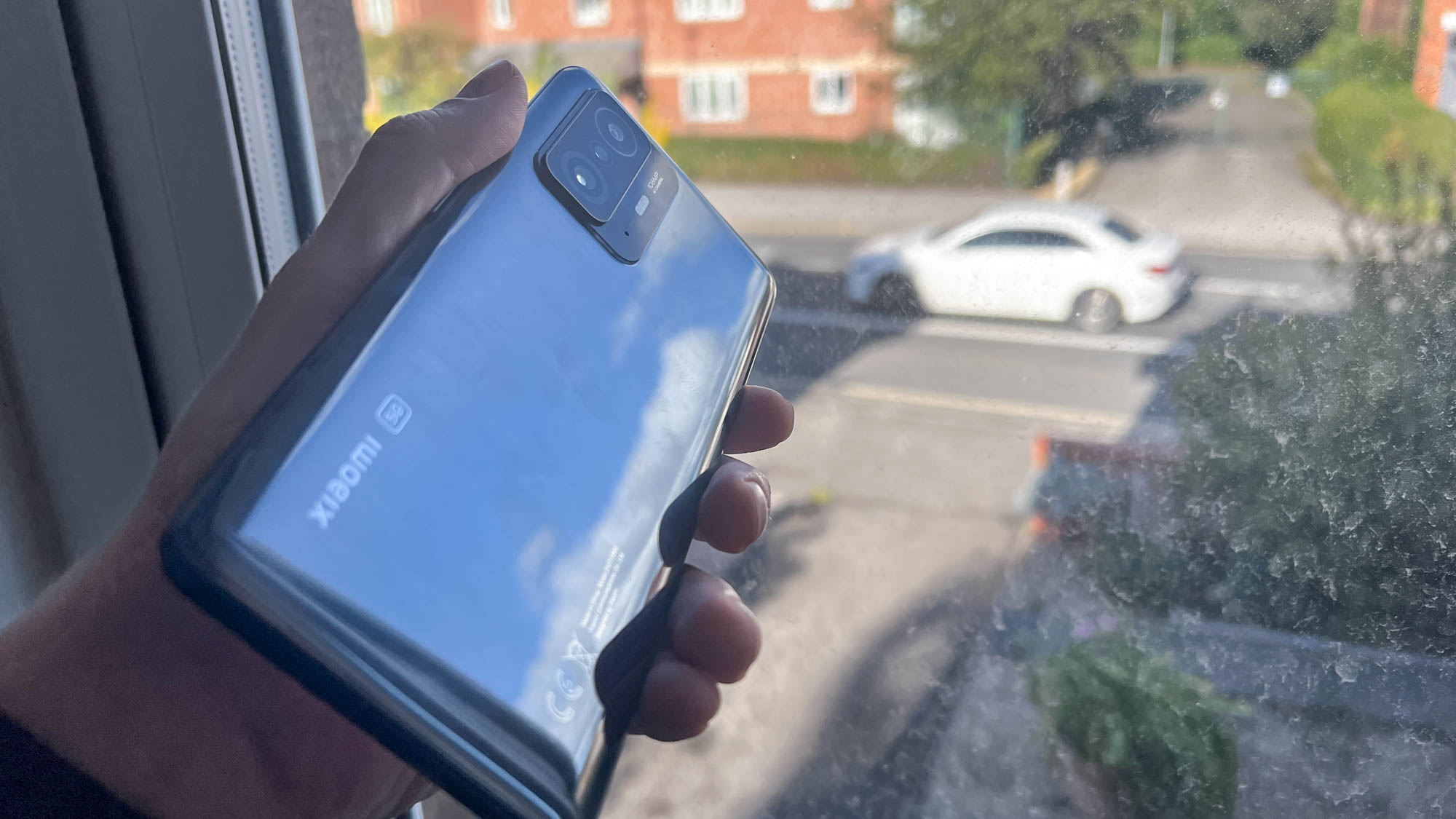
A metallic visual style on the back does give the entire thing a more upmarket feel, but with a glossy rear, that can quickly be ruined by fingerprints.
Breaking down the specifics, at 6.46 x 3.03 x 0.35 inches and a weight of 7.2 ounces, the 11T Pro is not a phone for small hands. It is larger and heavier than both the OnePlus 9 (6.3 x 2.9 x 0.32 inches, 6.8 ounces) and iPhone 13 (5.8 x 2.8 x 0.3 inches, 6.1 ounces).

In real world use, the weight didn’t cause much fatigue, but it is one of the biggest phones released this year, slotting just behind the 6.7-inch ZTE Axon 30 beast. Thankfully, its buttons are in easy-to-reach places and the software has been tweaked to allow you to minimize the screen and reach icons at the top if one-handed use is the only option.
One thing to take note of, though, is that while the Mi 11 Ultra featured IP68 water resistance, the 11T Pro only gets an IP53 rating, which guarantees protection against dust and “spraying water.” As such, this isn’t the most durable phone in the elements, so be careful in downpours, and don’t be too clumsy near sinks or toilets.
Xiaomi 11T Pro: Display
Turn it on and the 6.67-inch AMOLED panel comes to life. On paper, this is a bit of a downgrade from the Xiaomi Mi 11, which maxed out at 1440p. The 11T Pro opts for a 2400 x 1080-pixel resolution instead, and this has a 120Hz refresh rate rather than the 144Hz you saw in the Mi 10T series of phones.
You may feel disappointed by these cutbacks, but in practice, you’ll barely notice the difference. In fact, you may even enjoy this one slightly more, as the screen isn’t curved and the colors seem to be more vibrant and accurate thanks to the implementation of Dolby Vision.
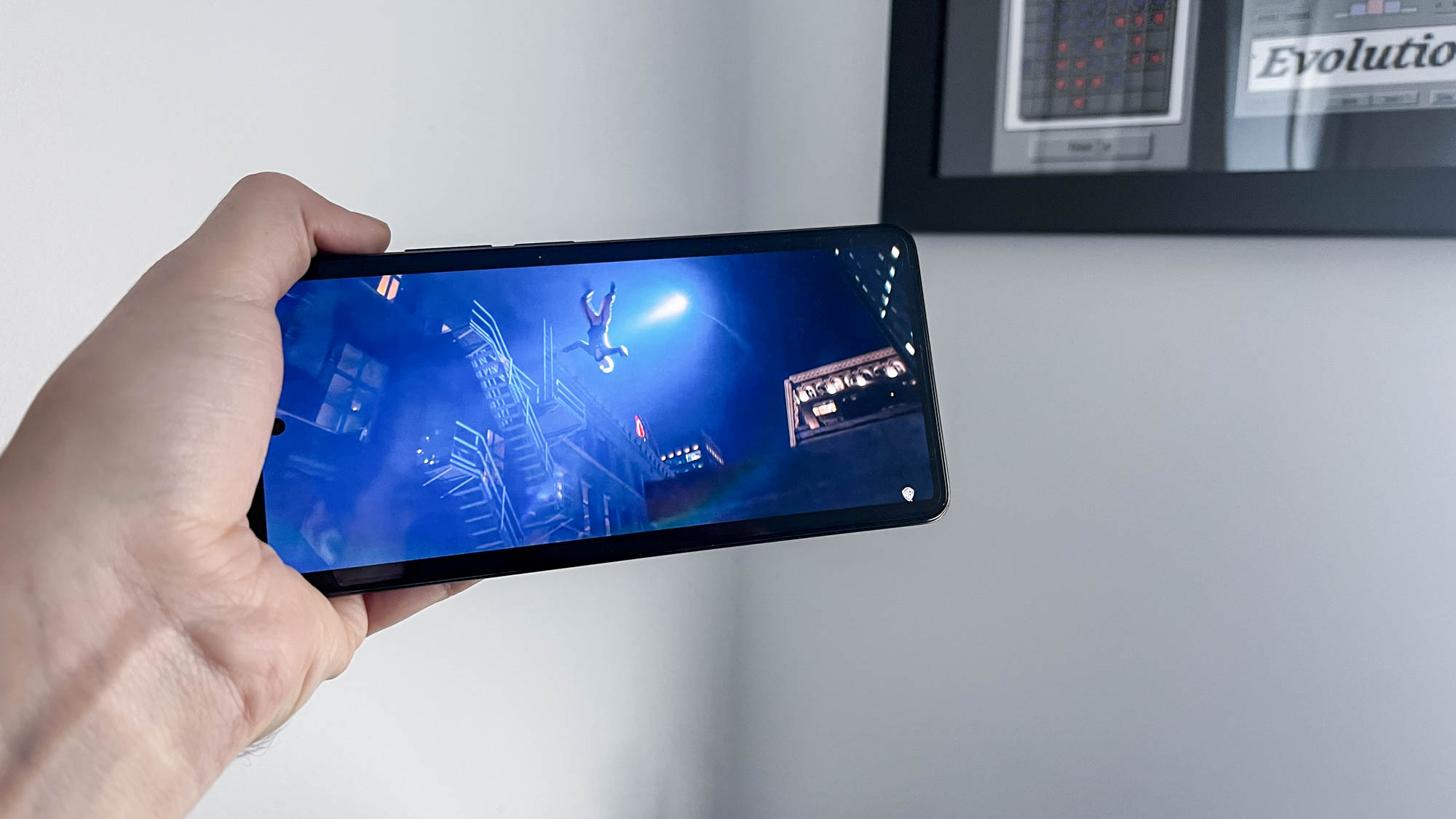
Watching the trailer for The Matrix Resurrections highlights the strengths of this screen, as the HDR qualities add a luminosity to things and enabled brighter scenes to glow off the screen. More colorful moments of combat really pop and darker scenes had extra depth.
While the iPhone 13 also shares HDR on its Liquid Retina display and OnePlus 9 sports the same resolution, surprisingly, the latter does not have this HDR standard.
Xiaomi 11T Pro: Audio
The lack of headphone jack is disappointing, but not surprising. However, Xiaomi makes up for this with powerful stereo speakers tuned by Harman Kardon. These pair with the gorgeously vivid OLED display to make a formidable entertainment experience.
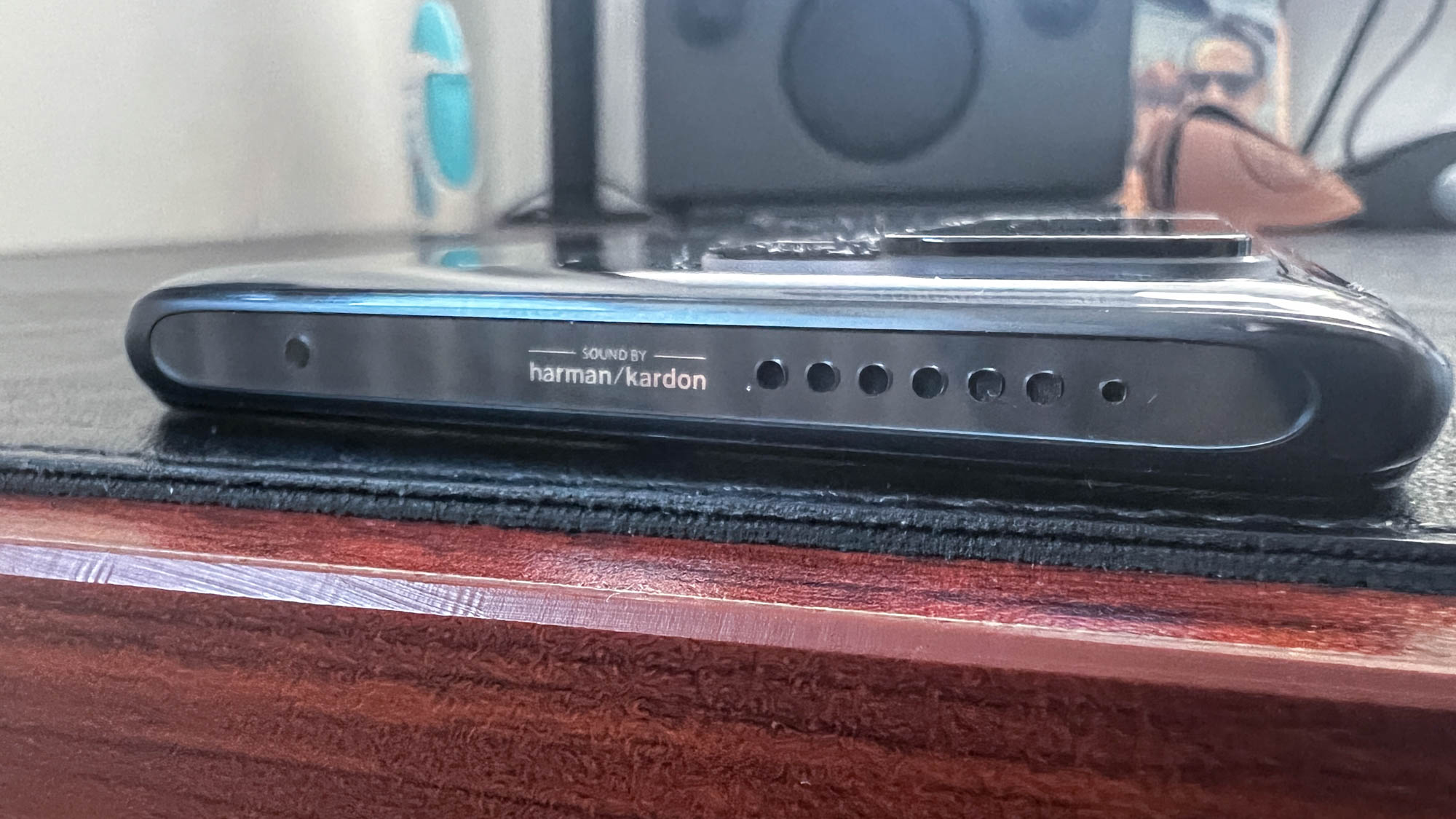
Testing these speakers with Four Year Strong’s cover of “Bittersweet Symphony” reaffirms that quality, as the 11T Pro captured the subtler details in the quiet parts, while handling the onslaught of the thrashing loud chorus sections without distortion.
Xiaomi 11T Pro: Performance
Armed with a Snapdragon 888 5G chipset and up to 12GB RAM, the Xiaomi 11T Pro is a speedy phone. Putting this to the test in Geekbench 5, the 11T Pro achieved a single-core score of 974 single-core and 3,542 multi-core. This puts it within fighting distance of the OnePlus 9 (3,618 multi-core), but the iPhone 13, as has been the case with Apple phones in the past, has shot ahead with a multi-core score of 4,436.
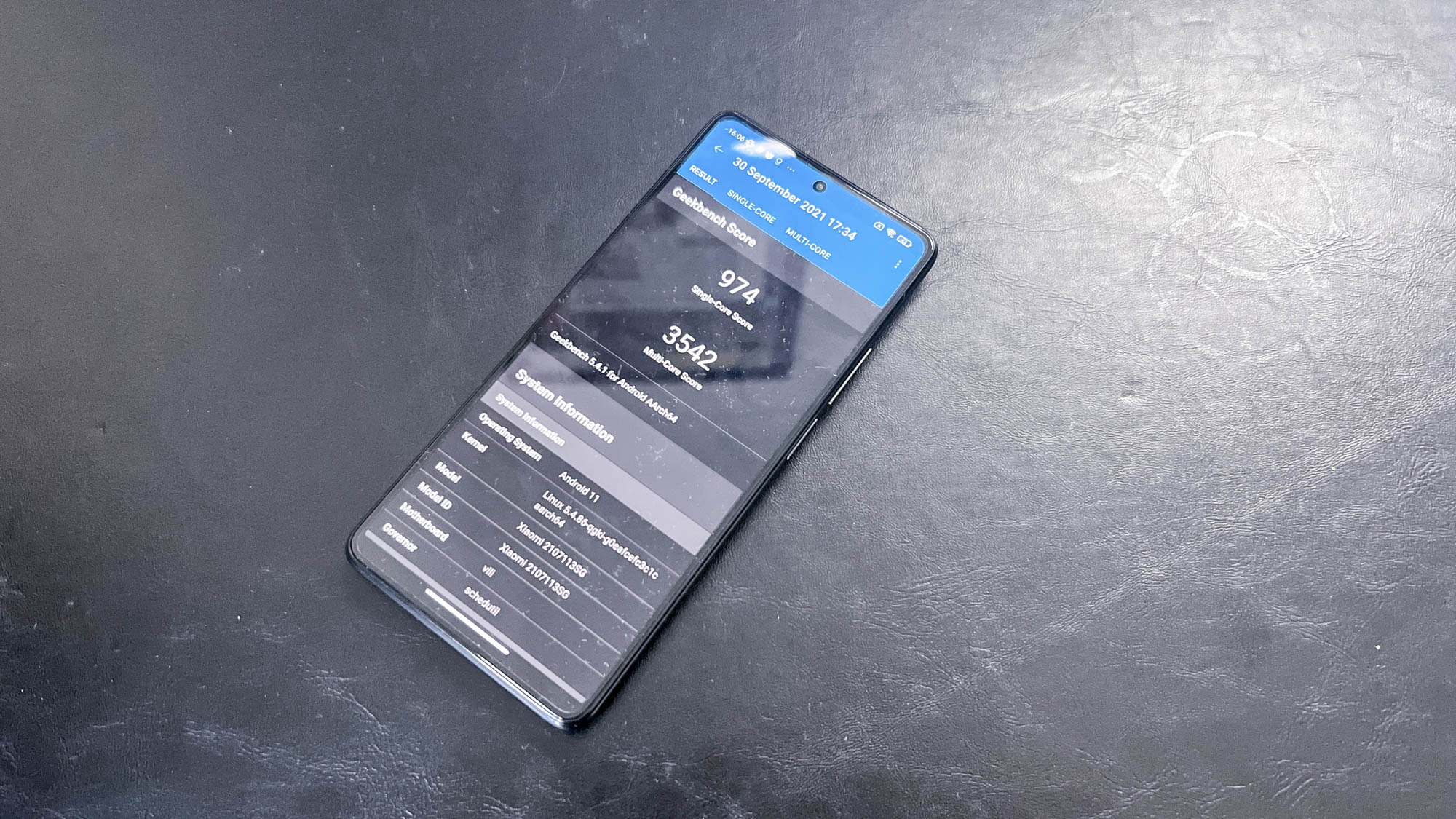
In 3DMark’s WildLife, Xiaomi’s phone also held its own with an average frame rate of 35 frames per second, jumping ahead of the OnePlus 9’s 34 fps and falling behind the iPhone 13’s 52 fps. These numbers prove this is a phone with more than enough power for the daily essentials and some prosumer tasks.
This is proven right in real-world use, as I didn’t come across any stuttering no matter how many CPU-intensive processes I threw at the 11T Pro. Call Of Duty: Mobile on the OLED display looks and performs great, while multitasking between apps like Adobe’s Photoshop mobile, TikTok and Grand Theft Auto: San Andreas didn’t slow down the experience one iota.
You won’t be disappointed by the speedy performance, although the back does get hot when under more prolonged use.
Xiaomi 11T Pro: Battery Life & Charging
With a 5,000 mAh battery, the Xiaomi 11T Pro can comfortably make it through a day of average use. I got it down to around 15% on a typical day, which involved a few hours of web browsing, listening to podcasts and Spotify all day, plenty of social media use, photography, gaming, and watching YouTube videos in the evening.
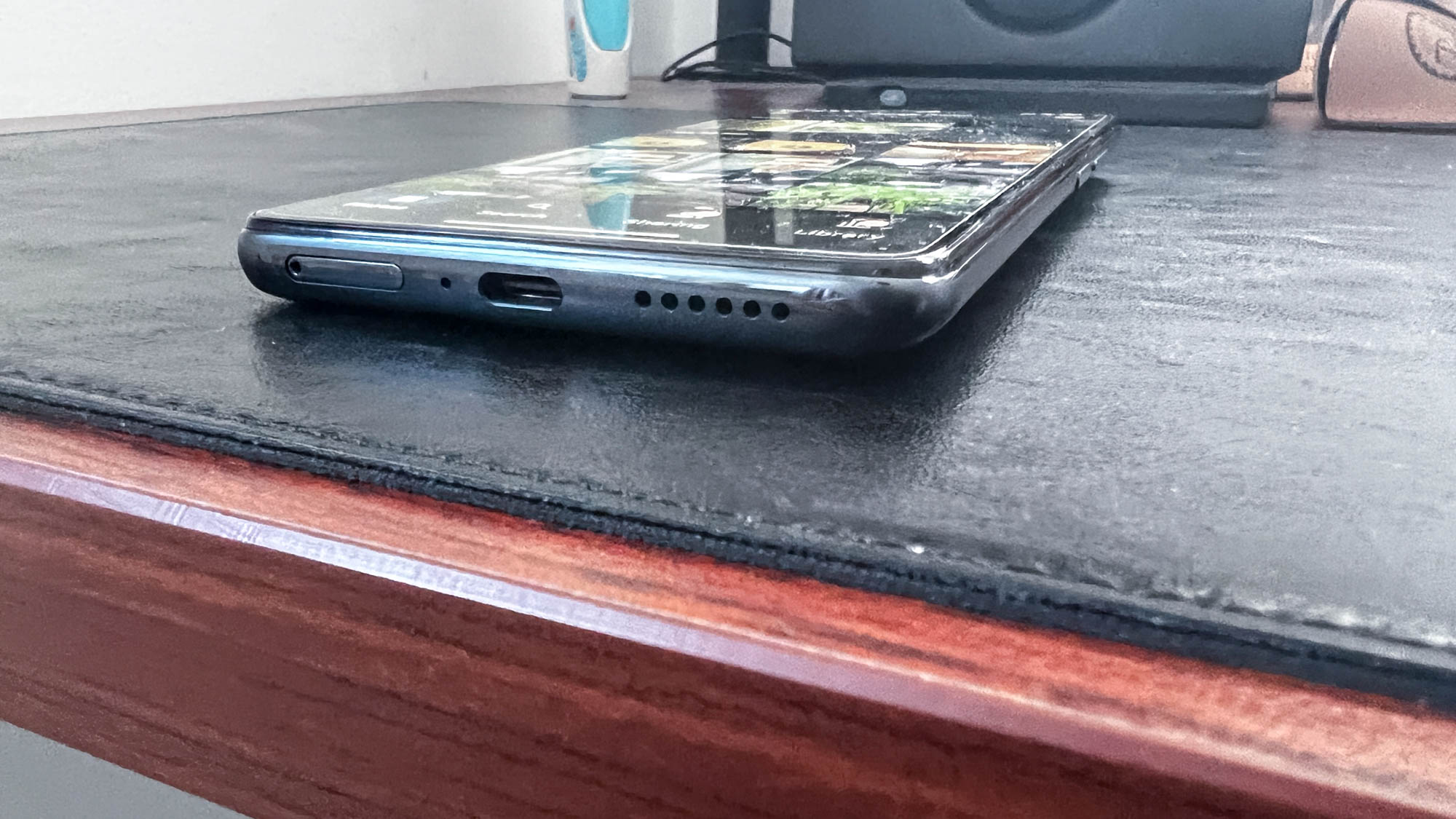
And when you do find yourself with a drained battery, the 120W charger can juice this all the way back to 100% in under 20 minutes. Yep, you read that right. Actually, in our testing, Xiaomi deserves a little more credit as it recharged the 11T Pro fully in 16 minutes.
Unfortunately, there is no wireless charging support, meaning you need to be tethered to top up this Xiaomi phone. But this can be easily forgiven given the sheer speed of charging on this device.
Xiaomi 11T Pro: Cameras
Xiaomi has placed a lot of emphasis on the 11T Pro’s cameras in its promotional materials. In reality, these claims feel exaggerated. The 11T Pro shares the Mi 11’s 108MP f/1.8 main and 5MP f/2.4 macro cameras, while downgrading the ultra-wide to an 8MP f/2.2 shooter, and its selfie snapper to a 16MP f/2.5 sensor.
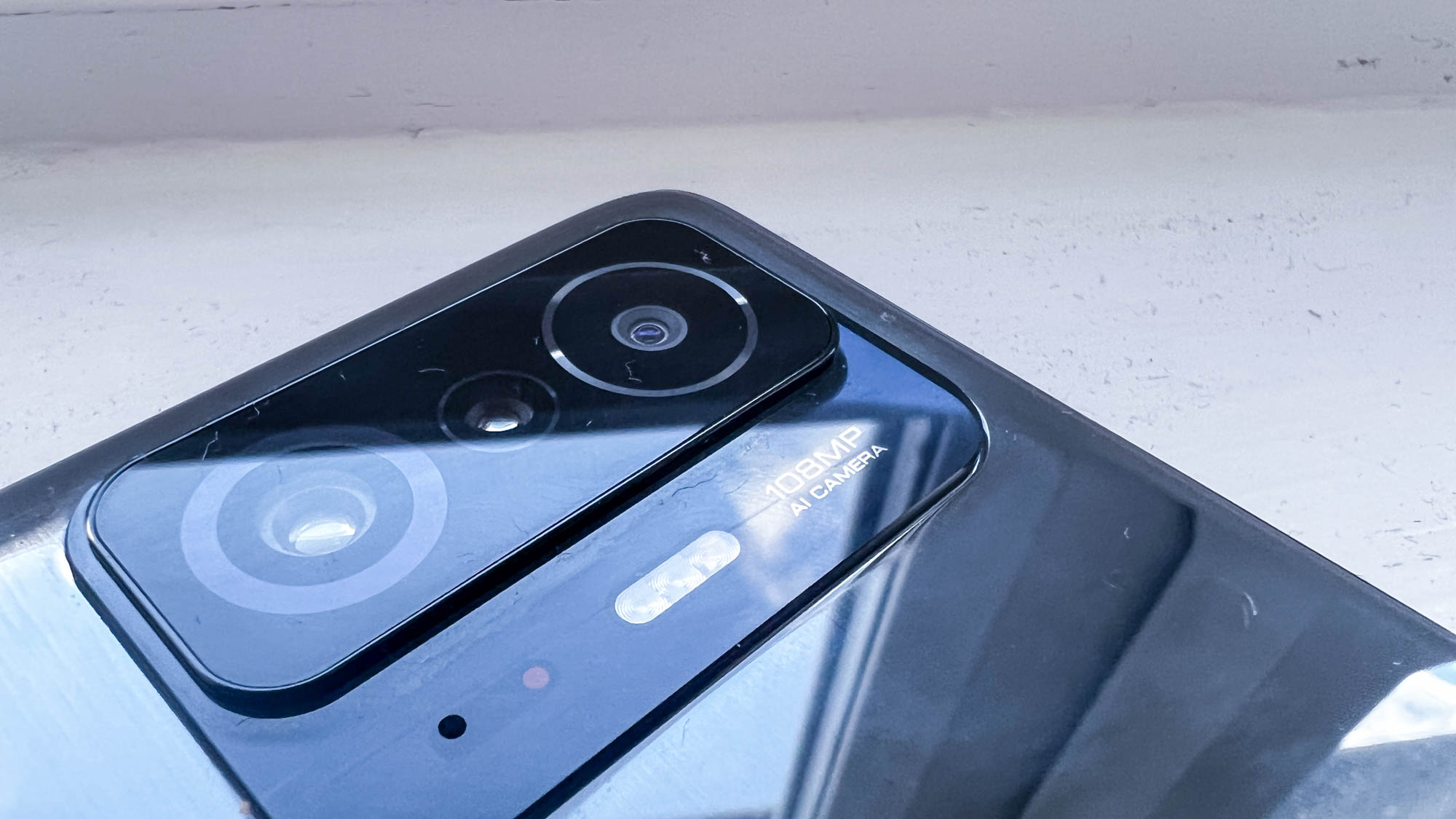
Starting up front, portraits are decent. Selfies are sharp, colorful and provide good contrast. Sure, the higher aperture results in some noise in darker shots, but the camera software does a good job of smoothing this out.
Around the back, the less-used macro and ultra-wide cameras provide mediocre picture quality — with the former being too noisy for real macro photography and the latter being too colorful and spongy.

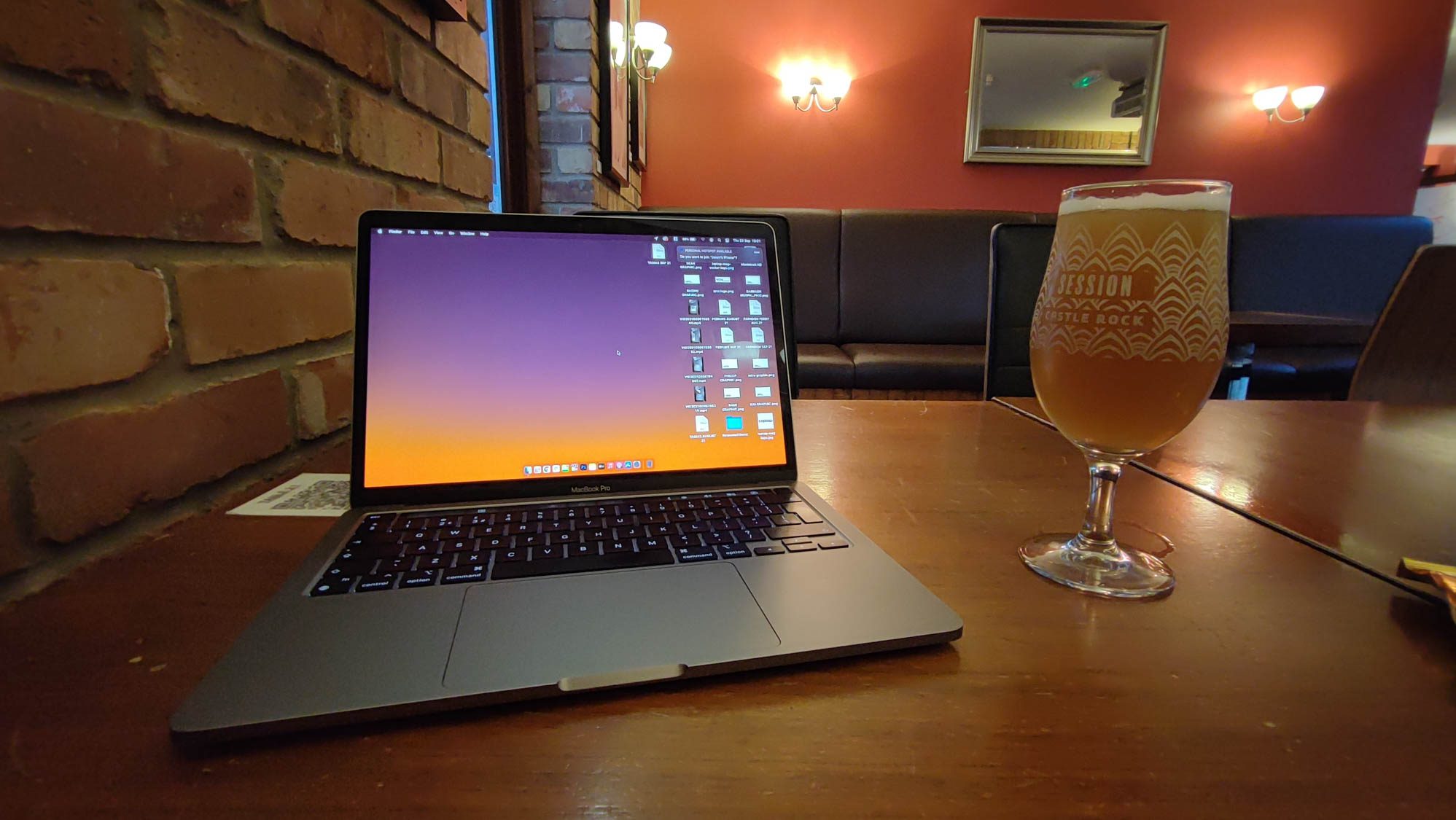



However, with that main camera, these are easily forgiven. Pixel-binned to 27MP, the higher aperture lets in plenty of light and the resulting photos are crisp, vivid and pleasant to look at. Impressively, the night mode gives both the OnePlus 9 and even my iPhone 13 Pro a run for its money.
As for videography, the capability of capturing up to 8K video is nice to have, along with a slew of creative features including macro video, audio zoom, object tracking, and a Vlog mode that automatically stitches together clips with movie effects.
But once you remove all the software flourishes, what you’re left with is a video quality that is good only when stationary in the day. A lack of optical stabilization is disappointing, and when lighting conditions vary from direct sunlight, the picture can get quite noisy.
Xiaomi 11T Pro: MIUI
Xiaomi’s MIUI feels very busy at a time when OEMs need to get out of the way of Android and go with something cleaner.
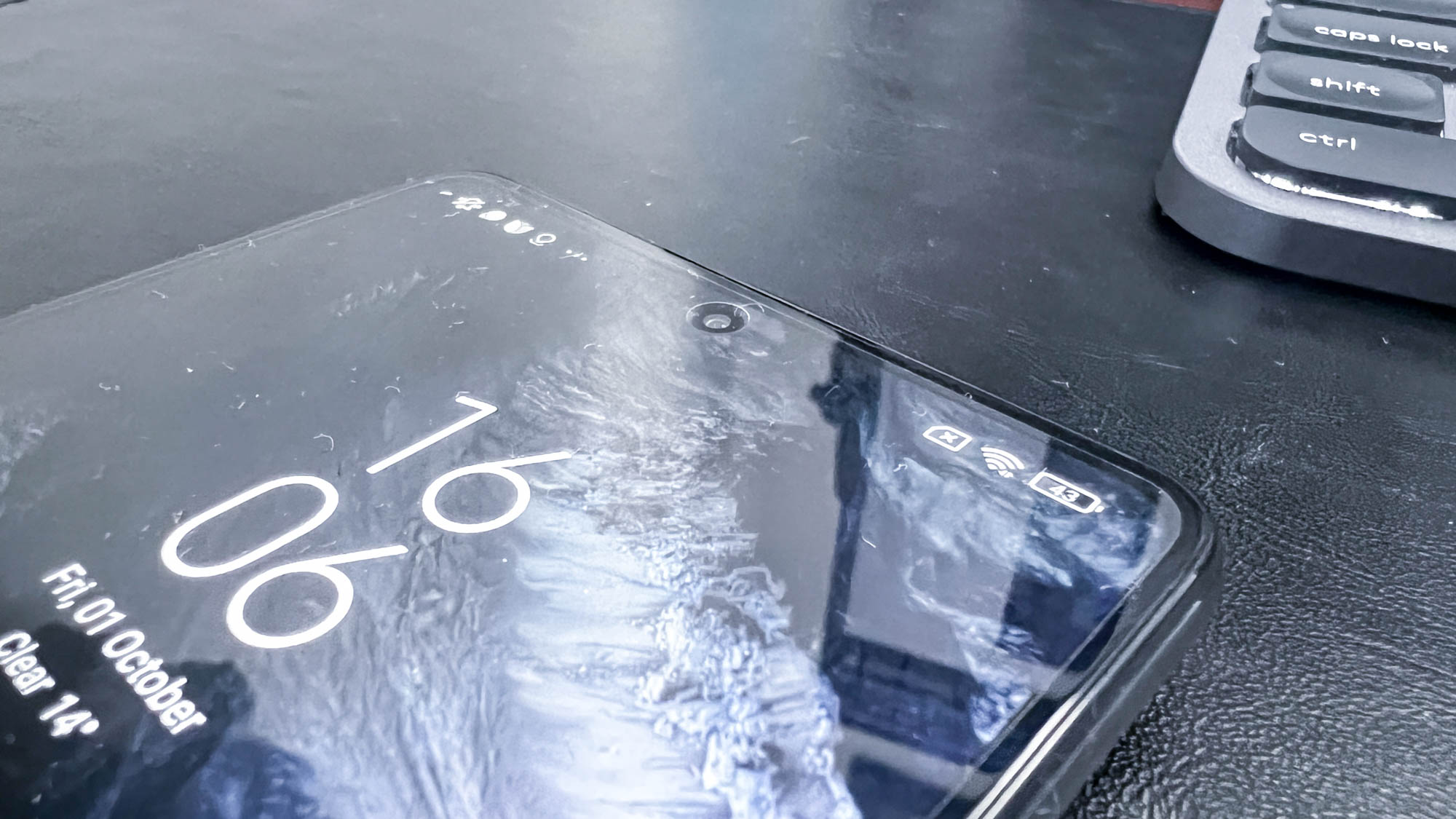
Sure, the pre-packaged wallpapers look good and the control center-esque swipe down from the top right of the screen is useful. There are some nifty security features too, such as scanning new apps for vulnerabilities.
But everything is designed to be so visually “in your face” that it becomes cumbersome. It comes with a lot of pre-installed apps like AliExpress and LinkedIn, there’s a weird Wallpaper Carousel option that throws pictures and random inspirational quotes at you, and that aforementioned security scan (alongside other phone check-ups) disrupts your experience with big notification windows. It all just needs to be cleaned up a bit.

To Xiaomi’s credit, though, the company is committing to three major Android updates and four years of security updates. That’s great for the longevity of this phone.
Xiaomi 11T Pro: Verdict
All-in-all, the Xiaomi 11T Pro is a pretty good smartphone, cramming flagship performance into an affordable package.
Sure, there are problems. The phone gets hot easily, the back is an unmitigated fingerprint magnet, Xiaomi’s Android skin feels very busy, and the camera system is not all it’s cracked up to be.
But this gives you a lot of the Mi 11’s features at a cheaper price, along with that bonkers 120W charging, to deliver on a decent Android blower.

Jason brought a decade of tech and gaming journalism experience to his role as a writer at Laptop Mag, and he is now the Managing Editor of Computing at Tom's Guide. He takes a particular interest in writing articles and creating videos about laptops, headphones and games. He has previously written for Kotaku, Stuff and BBC Science Focus. In his spare time, you'll find Jason looking for good dogs to pet or thinking about eating pizza if he isn't already.
